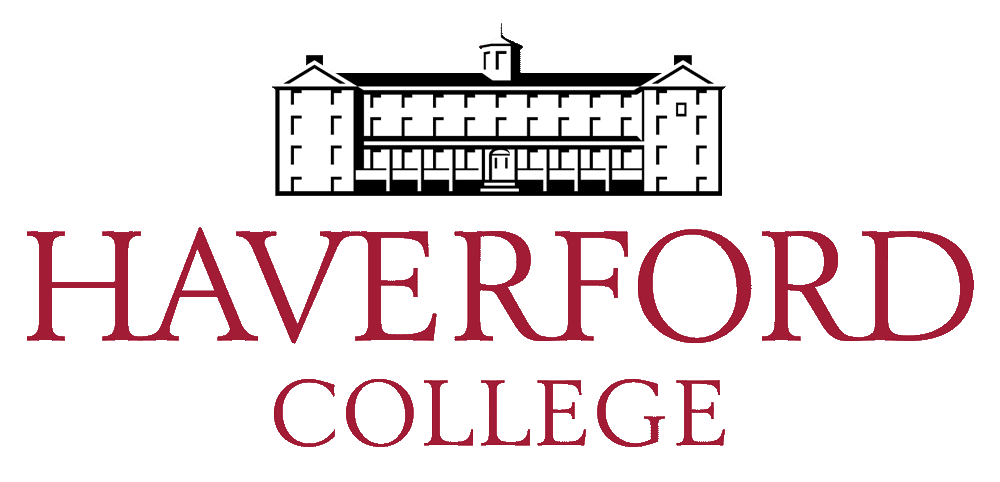
The Haverford First Folio was given to the college by William Pyle Philips, a 1902 graduate, in honor of his Shakespeare professor Francis B. Gummere, whose father was the first president of the college. Philips purchased this First Folio, along with the other three folios, at auction in 1946, the first time he had ever bid at an auction, and possibly the first rare books he collected. He continued to collect rare editions of Shakespeare’s plays in quarto, which he later donated to Haverford, and he also donated another complete set of the four folios to West Chester University. While at Haverford College, Philips was editor-in-chief of the Haverfordian, the monthly student magazine.
The earliest known owner of this copy of the First Folio was Samuel Addington, a wealthy Victorian wool merchant. It was later owned by Augustine Daly, an important theatrical impresario who owned Daly's Theaters in New York and London. Daly discovered and trained some of the greatest actors of the late-nineteenth and early-twentieth centuries, including Maurice Barrymore, the patriarch of the acting dynasty that continues to this day with Drew Barrymore, as well as Tyrone Power and Isadora Duncan. His Shakespeare productions were experimental for their time: Daly cut the text freely, and he made bold directorial choices such as casting women in male roles. For this he was attacked by the leading playwright and critic George Bernard Shaw.
This First Folio was apparently not Daly’s working copy, as it has none of the usual manuscript markings of theatrical production. But the pages have all been washed clean, so we cannot be certain what might have been lost; this cleaning was often done to create a more “perfect” copy for collectors, although scholars today would prefer to see all the markings that were thought to make it imperfect! The copy is also put together out of two copies – a practice that was not uncommon as collectors became ever intent on acquiring (or creating) a “complete” copy of the First Folio – but we do not know exactly when this was done. The binding is similar to the copy at Bryn Mawr, which was bound in the middle of the nineteenth century by the famous British bookbinder Robert Rivière. The folio must have been washed and made-up of the two previous copies by the time this binding was put on.
For more information about this copy, you can consult the library catalogue record here and its entry in the Shakespeare Census here.